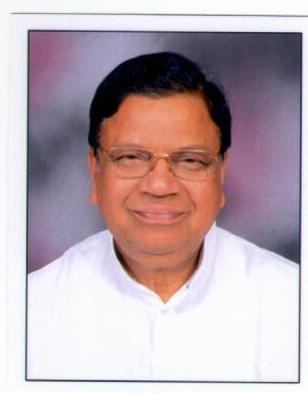-
Policy for sale of MC houses or shops for more than 20 years (Publish Date : 01-07-2021)

- District Municipal Commissioner Notification 1 (Publish Date : 10-01-2020)
- RGUDMH guidelines (Publish Date : 10-01-2020)
- HSCB constitution notification (Publish Date : 10-01-2020)
- HUIDB constitution notification (Publish Date : 10-01-2020)
According to the legend, JIND was named after the famous goddess JAYANTI Temple which is in existence and is an attraction to the religious.
The Pandavas before Mahabharat War, for their success, constructed JAYANTI DEVI (the goddess of victory) temple and meditated in the temple. After the meditation of JAYANTI DEVI the Pandavas fought against the Kouravas which later became world famous Mahabharat and conquered the Kouravas. Gradually, the area around Jayanti Devi temple developed and people in great number unhabituated there and the name of the developed area was Jayanti Puri which later became, JINDJind has attained both historical & religious importance. This area falls in KURUBHUMI. in the circumference 48 KOS of Kurukshetra which has its own sanctity. Within the area of 5 Km of Jind, there are many ancient religious places. In the east of Jind City, the majestic Bhuteshwar temple of Lord Shiva. and still in existence and there are many other places of religious importance and people from all walks of life participate in fairs and festivals held at these places.
In 1775, Gajpat Singh conquered Jind and constructed a fort and he became the first ruler of Jind City. Kind Gajpat Singh, made Jind his central point and from the administrative view he declared Jind as the Capital and took administrative control in his hands.
The History took many turns politically and other upheavals took place from time to time, which resulted in the merger of Jind in Distt. Sangrur in PEPSU period, later PEPSU and Punjab merged together and jind become the Sub-Divisional Headquarter of Sangrur Distt. Of Punjab. In 1966, when Haryana came into existence with the reorganisation of Punjab State, Jind city got the status of Distt. Headquarter of Jind Distt.








